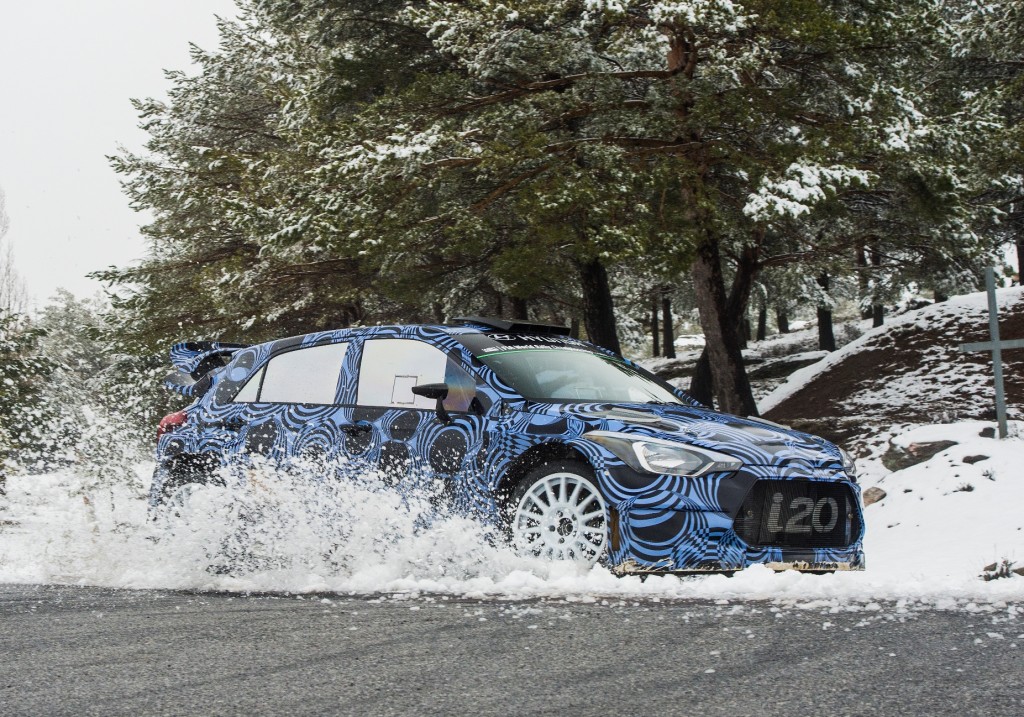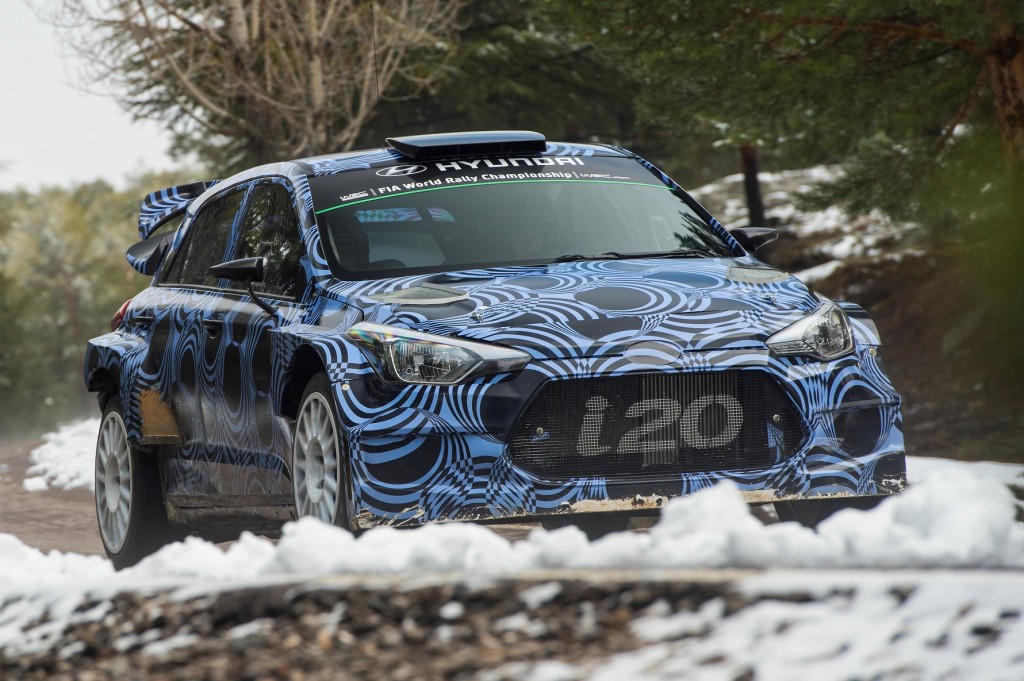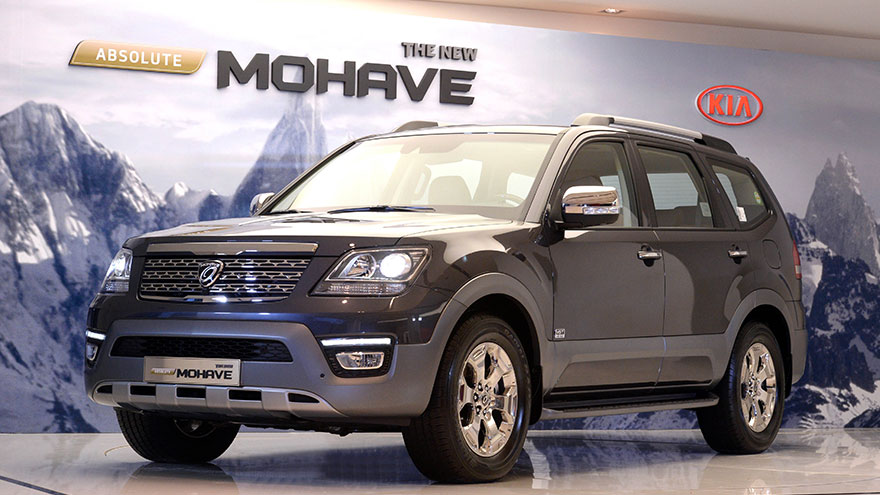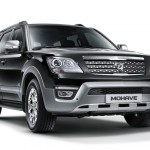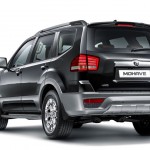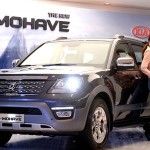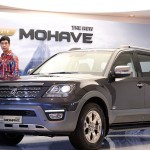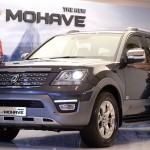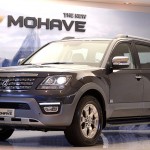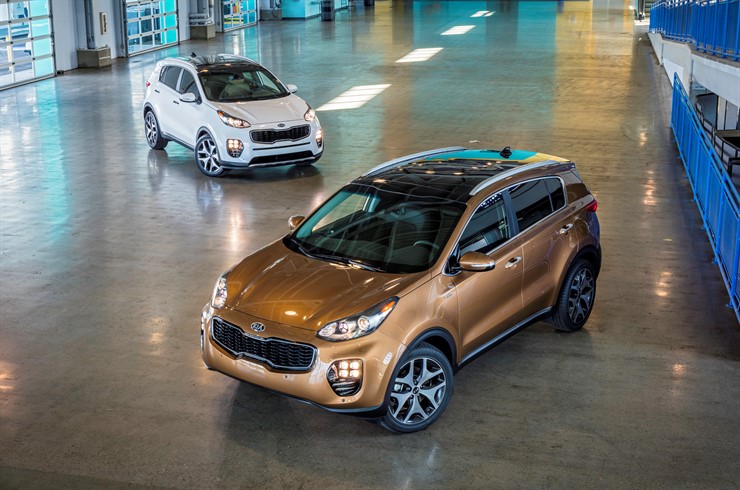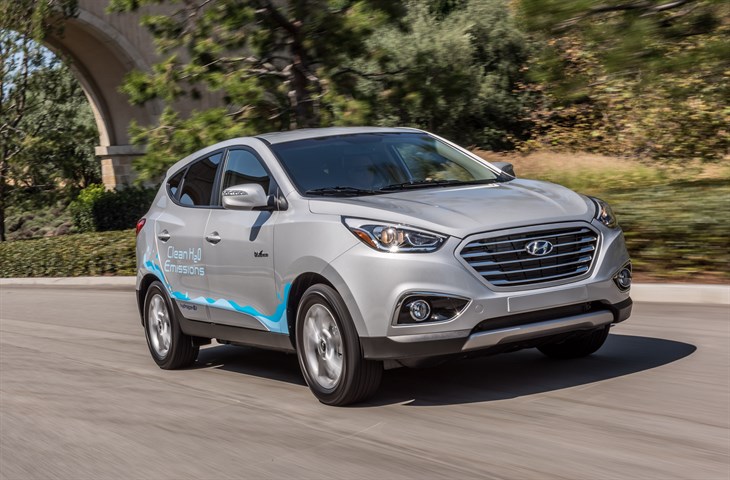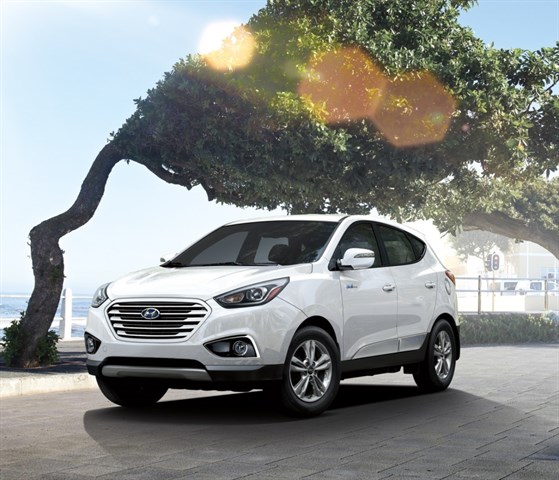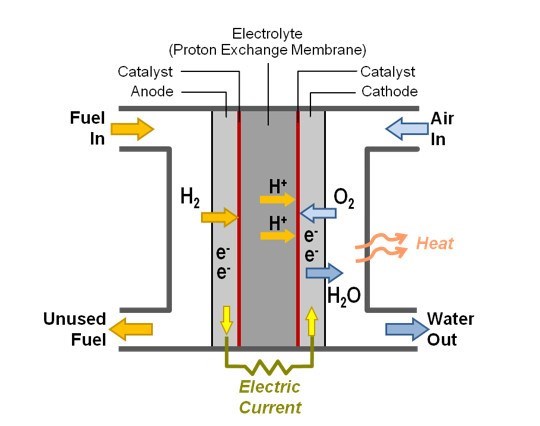Kia Motors America (KMA) today announced pricing for the all-new 2017 Sportage CUV.
Offered in three trim levels – LX, EX, and SX Turbo, the all-new Sportage is priced aggressively with a starting MSRP of just $22,9901 for the FWD LX. The fourth-generation Sportage, Kia’s longest running nameplate, comes to market with a starting price that is lower than any competitor equipped with a powertrain comparable to Sportage’s updated 2.4-liter engine and six-speed automatic.
“In 2015, the final year of production for the outgoing Sportage model, sales were up 25 percent, which speaks to the appeal and staying power of that vehicle, and with our aggressive pricing strategy for the all-new 2017 model, we’re looking to continue that momentum,” said Michael Sprague, chief operating officer and EVP, KMA. “In a segment that’s primarily known for utility, we see the Sportage as a very compelling offer to those looking for stand-out design, intelligent packaging and engaging driving dynamics.”
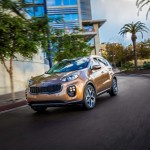
- 2017 Sportage
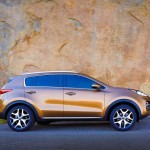
- 2017 Sportage
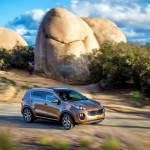
- 2017 Sportage
The $22,9901 FWD 2017 Sportage LX comes standard with a host of design, technology, and convenience features including LED Daytime Running Lights, 17-inch alloy wheels, rear spoiler, chrome window surround, rear privacy glass, 5-inch touchscreen with Rear Camera Display , Bluetooth® , 3.5-inch LCD cluster, keyless entry system, auto-on/off dual projector headlights, and Drive Mode Select (DMS), which allows the driver to choose among Normal, Eco, and Sport. Also standard is a robust 181-hp GDI four cylinder engine combined with a six-speed automatic transmission.
The available $1,100 LX Popular Package adds heated front seats and heated outside mirrors, a 10-way power driver seat with power lumbar support, upgraded tricot cloth seats with YES Essentials™fabric technology and roof rails. A $900 LX Cool and Connected Package adds dual-zone auto climate control with auto defog and an all-new UVO 7-inch touchscreen featuring Android Auto and Apple CarPlay® when powered by a compatible smartphone.
The FWD Sportage EX, starting at $25,5001, builds upon the LX Cool & Connected Package by adding leather seat trim along with Push Button Start and Smart Key, 18-inch wheels, fog lights and gloss black exterior trim. Opting for the $1,9001 EX Premium Package adds a heated steering wheel and power-folding mirrors as well as panoramic sunroof, Blind Spot Detection (BSD) with Lane Change Assist (LCA) and Rear Cross Traffic Alert (RCTA)2, auto-dimming rearview mirror w/Homelink®, mirror-integrated LED turn signals, and LED interior lighting.
A $2,700 Technology Package adds a UVO 8-inch touchscreen with navigation , 320-watt Harman Kardon® premium audio system with Clari-Fi™technology, Front & Rear Parking Assist System, Smart Power Liftgate™, Lane Departure Warning System (LDWS), High Beam Assist (HBA), Front Collision Warning System (FCWS), Autonomous Emergency Braking (AEB) with Pedestrian Detection2, ventilated front seats, and an 8-way power passenger seat.
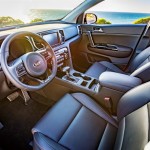
- 2017 Sportage
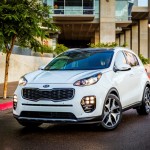
- 2017 Sportage
As the performance flagship, the fully-loaded $32,5001 Sportage SX Turbo refrains from option packages and comes standard with a 240-horsepower 2.0-liter turbocharged engine. Adding to the EX Technology Package, the SX Turbo also includes larger front brakes, and sport-tuned suspension, 19-inch wheels, satin exterior trim, dual exhaust pipes, front and rear metal-look skid plates, unique grille design, bi-Xenon HID headlights with Dynamic Bending Light (DBL), “ice cube” LED fog lights, LED tail lights, 4.2-inch color LCD instrument cluster, gloss black interior trim, metal pedals, D-shaped steering wheel, paddle shifters, metal scuff plates, authentic dashboard stitching, and a choice of five expressive interior colors.
A Magna Dynamax™ intelligent AWD system is available on any trim for $1,500 and features a 50/50 locking center differential and torque vectoring. Every AWD model features a front fascia with steeper approach angle for enhanced capability.

- 2017 Sportage

- 2017 Sportage

- 2017 Sportage
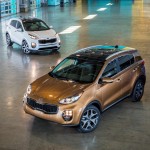

- 2017 Sportage

